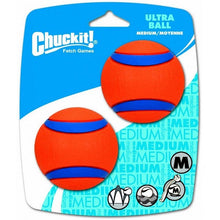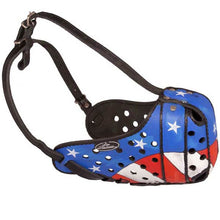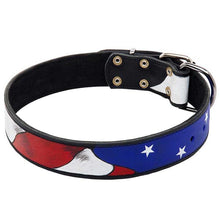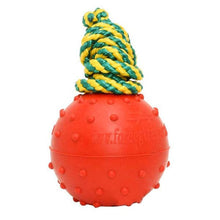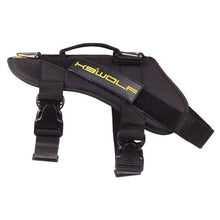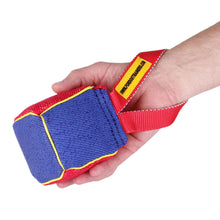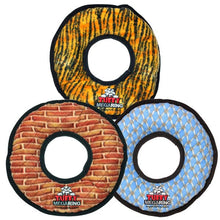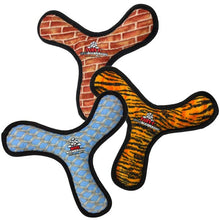How To Control A Dog On A Leash
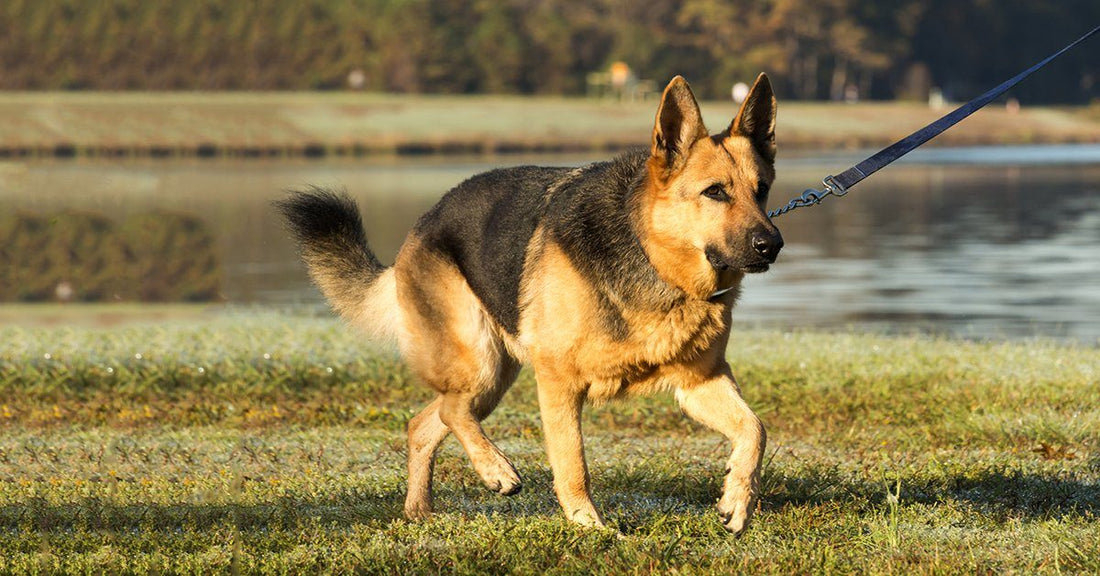
Dogs are not born knowing how to walk on a leash. It takes training and patience to teach a dog to walk politely. But, investment in this skill is something that you’ll be glad you took the time to do, every time you take your dog out in public, for the rest of your dog’s life.
Older dogs that have never learned to walk on a leash can benefit from going back to the basics and learning to walk on a leash just like you’d teach a puppy. It is really no different except a more mature dog will be familiar with a collar and leash, have a longer attention span, will already know how to come when you call, and is more familiar with distractions.
Foundation of leash training
The foundational training starts by introducing your puppy to their collar or harness and leash. Put them on your puppy for short periods of time and give your pup lots of praise and treats. This will get them used to how they feel. Soon they will look forward to wearing their collar and leash because it equals yummy treats.
Once the pup is comfortable, begin practicing walking with them on inside the house without holding onto the leash. Put on the collar and leash and teach them to ‘look at you’ by ‘listening for a cue from you.’ Your cue may be a word or a clicker. You simply say the word or click and when they look at you, feed them a treat. Super easy to train and teaching your puppy how to give you their attention can be incorporated into all puppy training.
Indoor leash training
After the puppy learns how to look at you while wearing their collar and leash, the next step is easy to train. Simply put the collar and leash on the puppy and move away a few steps. Call the puppy over and when they walk to you, move away a few more steps. Once the pup reaches you, praise and treat. Practice short sessions of this until the puppy is comfortable and reliably comes to you every time you call.
The next step is when actually teaching the puppy to walk on a leash begins. While still training inside your home, simply pick up the leash and call the puppy to you. Slowly walk a few steps and encourage the puppy along. Practice walking in your house for short distances. Praise and treat the puppy and keep sessions short and fun.
Preparing for the real world
Once the pup has mastered the last step, take longer walks inside the house. You can even make it more challenging by walking in patterns or moving things around or into an obstacle course. When walking indoors is no longer a challenge, it’s time to move to the backyard, then the front yard, and then out into the real world where there are tantalizing distractions live.
When possible, when heading outdoors, set your pup up for success by walking in quieter locations and working up to more stimulating environments. Continue practicing your cue word or clicker to keep returning their attention to you and treating your dog when they look to you for guidance.
Leash training outdoors
When something captures your pup’s interest, which it will, the pup will begin to pull and lunge. When this happens, say your cue word to call the pup to you and walk away from the distraction. When the pup follows, give them lots of praise and a treat. Each time it happens, walk away from the distraction over and over to reinforce that they are to follow your lead while on their walk. Stay patient and upbeat. Lots of distractions are totally normal for puppies and dogs not used to walking on a leash.
Loose leash walking
Once your dog is doing well with leash training, it’s time to teach loose leash walking, or the heel. You begin teaching this skill by taking your dog out for a walk on the leash as you’ve been. While keeping your dog by your side, take several steps, then praise the dog and treat for walking alongside you. This teaches your dog that happy things happen when they stay next to you. You can also use the treat as a lure to encourage them to stay next to you while they learn where you want them to walk.
When teaching loose leash walking, keep sessions of the walk short and allow breaks to be distracted then call them back to your side to continue the heel. If your dog begins to pull or lunge, simply stop and take a few steps back while calling them to you using the cue. Keep things upbeat and praise them with a treat when they come. Then return to the heel.
Taking steps back when the dog pulls reinforces to the dog that they are not the leader and that you’re in control of the walk. Yet, at the same time, by taking breaks, it keeps training fun and the dog can still enjoy their time outside while also teaching them how to return their attention to you.
Training tools to help you control dogs on a leash
If you’re having trouble training a dog, there are some tools you can use to help:
Front hook harness
If a dog is tugging on their leash a lot, a harness won’t help unless it’s a front hook harness. A front hook harness helps discourage pulling and gives you more control over the dog because the harness turns the dog to its side when they pull, so they can’t pull forward in a straight line.
Traditional harnesses can actually encourage pulling you down the street. A front hook harness can also help prevent a dog from putting pressure on their trachea and can give people more control over strong dogs.
Head harness
A head harness is a type of harness that fits over the dogs head and muzzle rather than over the body. It’s not a muzzle but when the leash is pulled up on, it actually draws up the dog’s head while closing their mouth. A head harness can give you more control over the dog and is also helpful for people whose dogs slip out of their leash. The head harness works because when the dog pulls, its head is turned back to you. It can take some patience to get a dog used to a head harness.
Martingale
If your dog has a neck larger than their head or tries to back out of their collar, a martingale can help prevent this because it tightens around the neck as the dog pulls. A wide martingale helps prevent neck injuries. Most martingales have a stopping point so unlike a choke collar; they don’t squeeze the neck as hard.
Prong collar
For dogs that are difficult to control in certain environments, a correctly fitted prong collar can be a lifesaver for both dog and owner. The prongs pinch to discourage the dog from pulling if the tug yanks. A martingale style prong immediately lets the pressure off as soon as the dog stops tugging. Some dogs don’t do well on a prong while others do great. Prong collars can come apart so they are best used with a back up leash or use a Keeper Prong Collar.
E Collars
Good quality electronic collars have many settings that can help control a dog without pain. The objective of ecollar training is to get the dog’s attention and apply pressure when needed. They don’t require the dog to be painfully shocked to work but do require training on the part of the dog and owner to be used correctly.
We hope you find these tips helpful. Please share with your family and friends.





